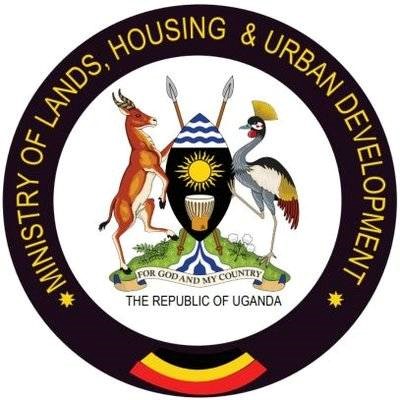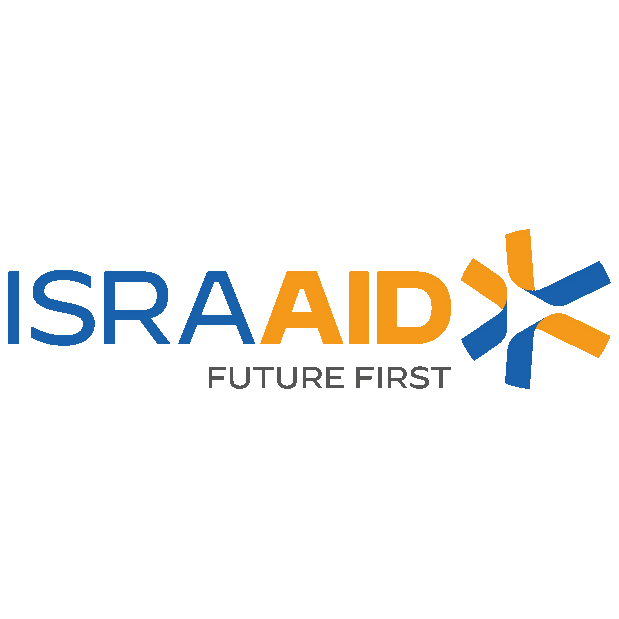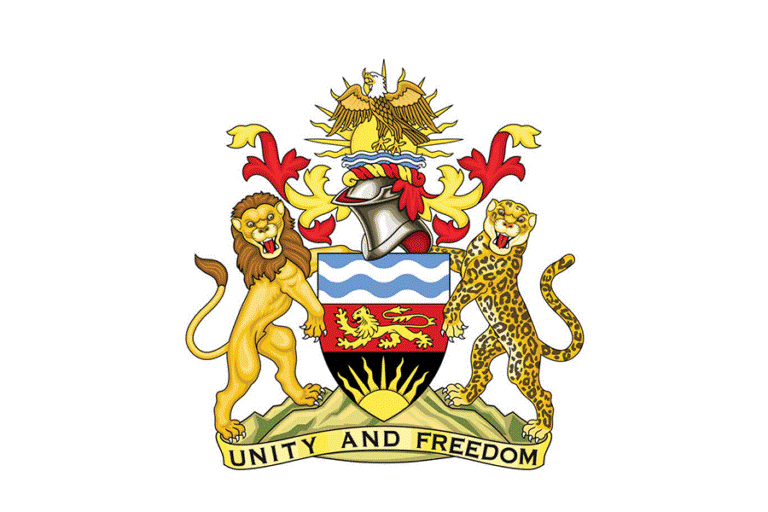GIS and Remote Sensing for Sustainable Forest Monitoring and Management Course
INTRODUCTION
Forests are vital ecosystems that provide critical environmental, economic, and social benefits. Monitoring and managing forests sustainably is crucial to preserving biodiversity, mitigating climate change, and ensuring the livelihoods of communities. This course, GIS and Remote Sensing for Sustainable Forest Monitoring and Management, is designed to equip environmental professionals, forest managers, researchers, and policymakers with the tools and knowledge to utilize Geographic Information Systems (GIS) and Remote Sensing technologies for effective forest management.
Participants will learn how to integrate GIS and Remote Sensing for forest mapping, monitoring forest health, detecting deforestation, and assessing forest carbon stocks. The course covers the fundamentals of these technologies, their application in forest sustainability, and the skills needed to collect, analyze, and interpret spatial data for forest management decisions.
DURATION
10 Days
TARGET AUDIENCE
People who require additional skills like Forest Planners, foresters, forest conservation technicians.
OBJECTIVES
- Understand GIS and Remote Sensing Fundamentals:
Learn the core concepts of GIS and Remote Sensing and their roles in forest monitoring and management. - Forest Mapping and Spatial Data Collection:
Gain proficiency in collecting and managing spatial data related to forest cover, land use, and ecosystem services using GIS and Remote Sensing. - Forest Health and Change Detection:
Use Remote Sensing techniques to monitor forest health, detect deforestation, forest degradation, and changes in forest cover over time. - Forest Carbon Stock and Biodiversity Monitoring:
Apply GIS and Remote Sensing tools to assess forest carbon stocks, monitor biodiversity, and evaluate forest conservation efforts. - Application of GIS for Sustainable Forest Management:
Utilize GIS for forest resource planning, monitoring sustainable logging practices, and mapping conservation areas. - GIS and Remote Sensing for Climate Change Mitigation:
Understand the role of forests in carbon sequestration and climate change mitigation, and how GIS and Remote Sensing can be used to track forest-related climate initiatives. - Capstone Project:
Apply learned GIS and Remote Sensing techniques to a real-world forest monitoring and management scenario, demonstrating the skills acquired throughout the course.
COURSE OUTLINE
Module 1: Introduction to GIS and Remote Sensing for Forest Management
- Overview of GIS and Remote Sensing technologies
- The role of GIS and Remote Sensing in environmental monitoring and forest management
- Key terminologies: spatial data, remote sensing imagery, geospatial analysis
- Case studies: GIS and Remote Sensing applications in global forest monitoring
Module 2: Spatial Data Collection and Management for Forests
- Types of forest-related spatial data: Forest cover, land use, soil data, climate data
- Collecting spatial data using satellites, drones, and ground-based surveys
- Remote Sensing data sources: Landsat, MODIS, Sentinel, high-resolution commercial satellites
- Introduction to spatial data formats (raster, vector) and data management in GIS
- Practical Exercise: Collecting and importing forest data into GIS software
Module 3: Remote Sensing for Forest Health and Change Detection
- Satellite image interpretation: Understanding forest cover, vegetation indices (NDVI, EVI)
- Techniques for detecting deforestation and forest degradation:
- Time-series analysis of satellite imagery
- Change detection methods (pre/post-event analysis)
- Monitoring forest fire damage, illegal logging, and land use changes
- Cloud-based platforms: Introduction to Google Earth Engine for forest monitoring
- Practical Exercise: Use satellite data to monitor forest change and deforestation
Module 4: Forest Mapping and GIS Analysis
- Mapping forest cover: Classification of land use/land cover using GIS
- Zonal statistics for analyzing forest cover by area
- Forest fragmentation analysis: Understanding landscape patterns and their ecological impact
- Mapping forest types, habitat ranges, and species distribution
- Practical Exercise: Create a forest cover map using GIS and analyze forest fragmentation
Module 5: Forest Carbon Stock Assessment and Biodiversity Monitoring
- Introduction to carbon sequestration and the role of forests in climate regulation
- Remote Sensing for biomass estimation: Using LiDAR, radar, and optical imagery to estimate forest carbon stocks
- GIS for biodiversity conservation: Mapping critical habitats, endangered species, and ecological corridors
- Monitoring forest ecosystems and identifying key biodiversity hotspots
- Practical Exercise: Estimate forest carbon stocks and map biodiversity using GIS and Remote Sensing data
Module 6: Sustainable Forest Management Using GIS
- Forest resource planning: GIS for optimizing sustainable timber extraction and forest product allocation
- Zoning and land-use planning: Identifying conservation areas, logging zones, and community forests
- GIS for tracking sustainable logging, forest certification (e.g., FSC certification), and forest law enforcement
- Participatory GIS: Engaging local communities in forest management decisions
- Practical Exercise: Develop a forest management plan using GIS
Module 7: GIS and Remote Sensing for Climate Change Mitigation
- Forests and climate change: The role of forests in carbon storage and global climate regulation
- Tracking climate initiatives (e.g., REDD+, afforestation, reforestation) using GIS and Remote Sensing
- Carbon footprint analysis: Estimating emissions from deforestation and degradation
- Practical Exercise: Monitor forest-based climate mitigation projects using GIS tools
CERTIFICATION
- Upon successful completion of this training, participants will be issued with Macskills Training and Development Institute Certificate
TRAINING VENUE
- Training will be held at Macskills Training Centre. We also tailor make the training upon request at different locations across the world.
AIRPORT PICK UP AND ACCOMMODATION
- Airport pick up and accommodation is arranged upon request
TERMS OF PAYMENT
- Payment should be made to Macskills Development Institute bank account before the start of the training and receipts sent to info@macskillsdevelopment.com
Gis And Remote Sensing For Sustainable Forest Monitoring And Management Course in Kenya
| Dates | Fees | Location | Action |
|---|---|---|---|
| 13/10/2025 - 24/10/2025 | $3,950 | Kigali |
|
| 20/10/2025 - 31/10/2025 | $2,450 | Nairobi |
|
| 03/11/2025 - 14/11/2025 | $4,950 | Johannesburg |
|
| 10/11/2025 - 21/11/2025 | $2,950 | Mombasa |
|
| 17/11/2025 - 28/11/2025 | $2,450 | Nairobi |
|
| 01/12/2025 - 12/12/2025 | $5,950 | Dubai |
|
| 08/12/2025 - 19/12/2025 | $2,450 | Nairobi |
|





















